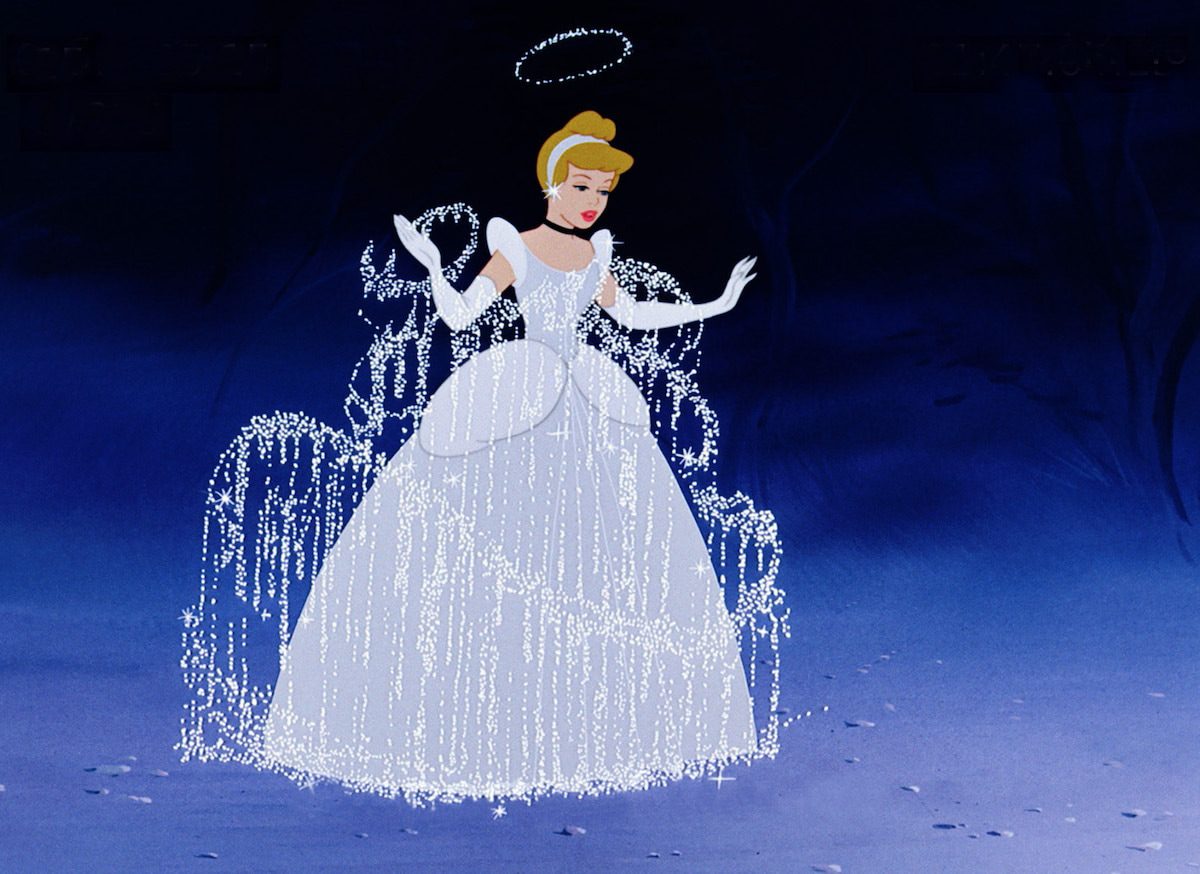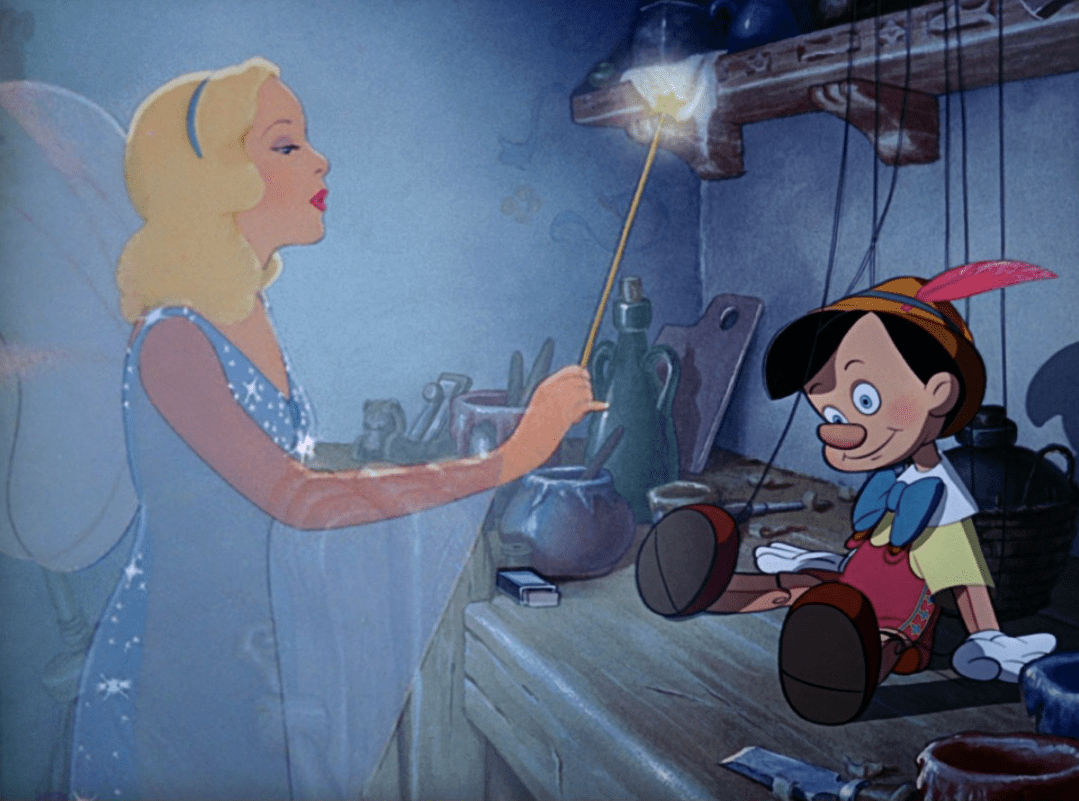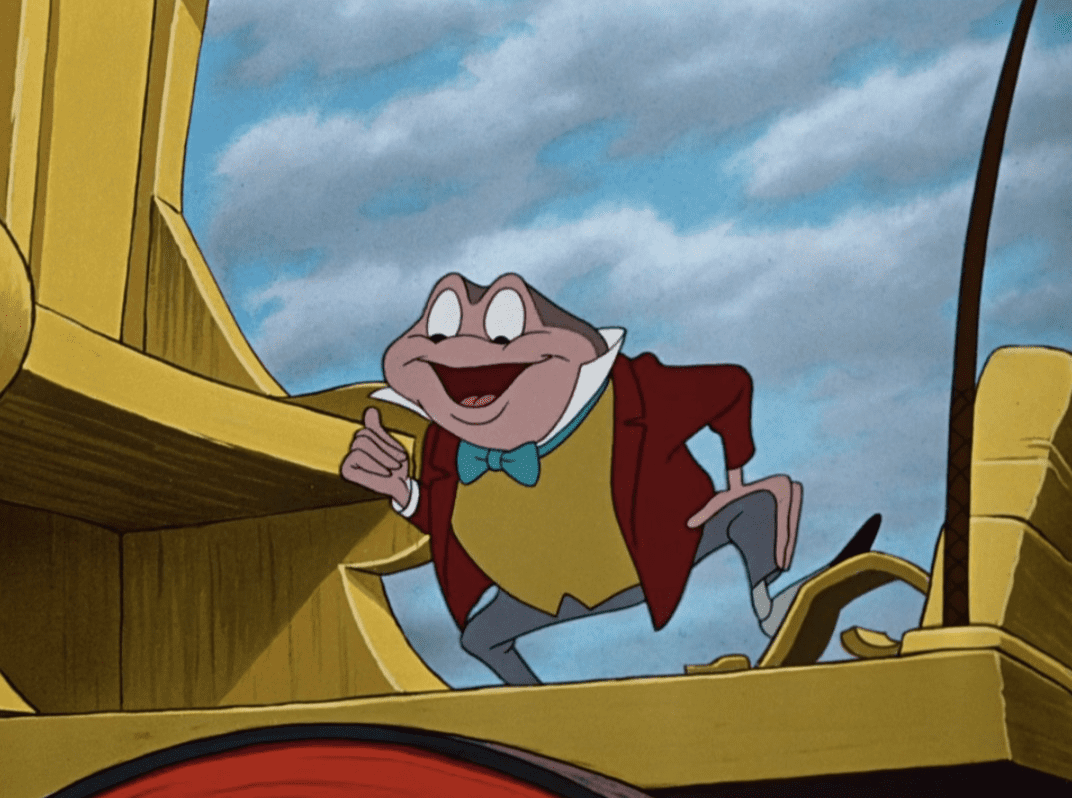How ‘Cinderella,’ now in 4K on Disney+, changed the studio forever
Disney+ released a 4K restoration of 1950’s “Cinderella” on Aug. 25, 2023, providing an excellent opportunity to revisit the film that proved Disney’s affinity for fairy tales wasn’t a fluke.

“Cinderella” in 4K
The “Cinderella” 4K restoration debuted today on Disney+ as part of World Princess Week 2023. Other events included an animated Lego special on Disney+ and a party for Make-a-Wish families at Walt Disney World.
Audiences at the Berlin International Film Festival last February were the first to see “Cinderella” in 4K.
“We began the process by pulling the original nitrate negative from the Library of Congress, and scanning the successive exposure color records in 4K,” Kevin Scaeffer, director of restoration for Walt Disney Studios, told ABC. “We then did a cleaning pass to remove dirt and as many artifacts as possible. The current available restoration tools allowed us to produce a sharper and higher quality image than previous efforts.”

Scaeffer and his team at Walt Disney Studios Restoration and Preservation collaborated with artists at Picture Shop Hollywood and Walt Disney Animation Studios. This included Disney directing animator Eric Goldberg and Disney production designer Michael Giaimo, both of whom also spoke with ABC.
“Viewers watching this restoration will see more clarity,” Goldberg said, “but they will also see more subtlety. They’ll see differences in color from shot to shot, and discover how one color works with another.”
Giaimo said the team strived “to really celebrate the original intent and classic Disney aesthetic of those great artists who worked with Walt, notably the great Mary Blair, and to get that right level of depth and saturation.”
“Cinderella” Marked Disney’s Return to Form
Walt Disney Animation Studios made a bold splash into feature animation with 1937’s “Snow White and the Seven Dwarfs.” A string of masterpieces followed their inaugural movie, including “Pinocchio” and “Bambi.”

With the onset of World War II, Disney shifted away from long-form narratives out of necessity. Instead, the studio continued to create animated short films starring Mickey and friends, dipped its toes in war-related propaganda material, and churned out a collection of what came to be known as “package films.”
Rather than tell one singular narrative, package films grouped together multiple stories — often with little or no relation — into a feature-length production. The first, “Saludos Amigos” (1943) and “The Three Caballeros” (1945), were inspired by Walt Disney’s 1941 trip to South America.

Though the war ended in 1945, animated films take a long time to create. Several package films were still in development, and the studio saw them through to completion. Regardless, we might assume Disney, like many businesses, needed a moment to acclimate to a post-war society and return to its pre-war former self — in Disney’s case, feature-length animation.
In the years immediately following the war, Disney produced and released more package films before turning attention to “Cinderella.” These included “Make Mine Music” (1946), “Fun and Fancy Free” (1947), “Melody Time” (1948), and “The Adventures of Ichabod and Mr. Toad” (1949).

By the time Disney finished “Cinderella” for its 1950 debut, eight years had passed since the last full-length Disney animated feature. Did Walt and his artists still have their magic?
“Cinderella” Was a Hit
Steven Getz of ABC notes “Cinderella” effectively “rescued the studio from a dire financial situation brought on the challenges of the war years.” To what degree this rescue extended remains unclear, as different sources cite discrepancies about the film’s box-office receipts.
The Numbers, a movie data website, says “Cinderella” earned $52.4 million in 1950. Adjusted for inflation, that’s roughly $665 million in 2023 dollars. Based on this statistic, “Cinderella” was 1950’s top movie by a landslide. The runner-up was “King Solomon’s Mines,” with just over $11 million.
A 1952 article in Variety, preserved via Internet Archive, cites “Cinderella” as the #59 domestically highest-grossing film of all time, up to that point, with a return of $4 million. The publication describes its list’s measurement as “generally, what the distribs have in the till.” This isn’t the same metric as the movie’s total earnings.
Our modern barometer for assessing a film’s financial success is different from 1950. Therefore, it’s difficult to pinpoint the exact statistics attributed to “Cinderella.” No matter how you slice it, though, Disney came out on top — and the studio changed forever.
Defining the Quintessential Disney Story
In many ways, “Cinderella” defined the template of a Disney fairy tale, proving the studio’s staying power. In the aforementioned Variety list from 1952, the countdown’s only other Disney film is “Snow White and the Seven Dwarfs.” Financially speaking, this places “Snow White” and “Cinderella” as Disney’s most lucrative feature-film endeavors up until that point.

With this in mind, we might imagine Disney artists of the day — whether intentionally or subconsciously — leveraging this information to make conclusions about what styles of stories audiences resonated with the most. In comparing and contrasting “Cinderella” to “Snow White,” the films share a few key qualities. They both feature a familiar fairy tale, an engaging heroine who becomes a princess, a songbook of musical numbers, and a truly evil villain.

Not every successive entry in the studio’s filmography stuck exactly to this blueprint. Still, the essence of what “Cinderella” embodied to the art form of animation and the mechanics of storytelling spilled over into the films that followed. With their praise and their wallets, audiences seemingly told Disney, “More of this, please,” and the studio happily obliged.
In Disney’s following animated portfolio of the 1950s — “Alice In Wonderland” (1951), “Peter Pan” (1953), “Lady and the Tramp” (1955), and “Sleeping Beauty” (1959) — we find traces of the influence of “Cinderella” among an unprecedented string of classic cinema. “Cinderella” informed not so much as a formula for Disney films. Instead, the film suggested a state of mind Disney stories could transport audiences into. Beginning with “Snow White,” seconded by “Cinderella,” and affirmed by the films that followed, Disney movies became synonymous with familiar tales and gorgeous animation; daring heroes and sinister villains; songs and sidekicks; and most of all, the power of dreams.
By 1955, these ideals were engrained into the identity of the Disney brand. As proof, a fairytale castle stood front and center as an emblem of Disneyland — a castle not belonging to Cinderella, but arguably not possible without her.
More Classic Animation on Disney+
Readers who welcome the 4K treatment of “Cinderella” may also enjoy the recently restored vintage short films on Disney+.

